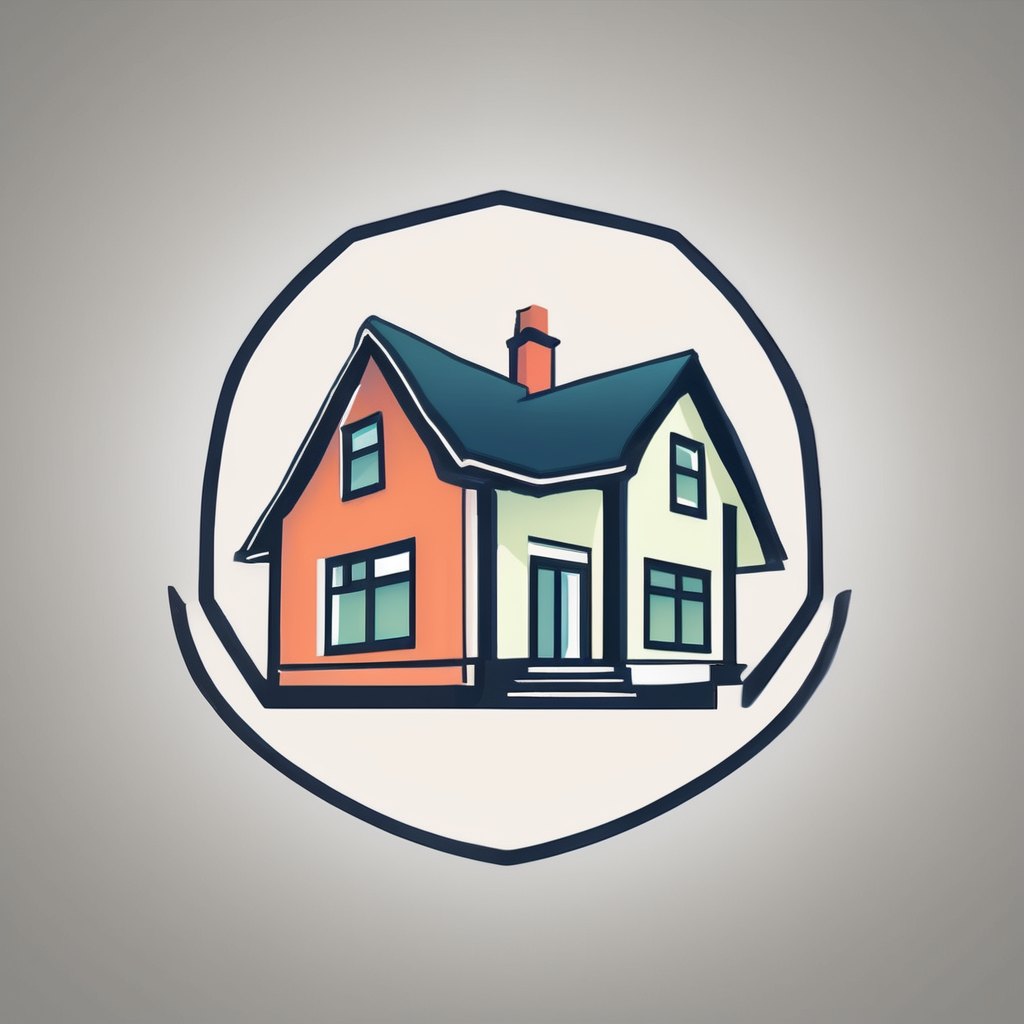Understanding Biophilic Design Principles
Biophilic design is an innovative approach that integrates natural elements into indoor spaces to foster a connection with nature. At its core, this design philosophy emphasizes the inclusion of greenery, natural light, and organic materials to create environments that promote well-being. Historically, biophilic principles have evolved from humanity’s intrinsic desire to connect with nature, a concept seen across various cultures and architectural styles.
The key elements of biophilic design include incorporating features like vegetation, water bodies, and materials such as wood and stone. These elements aim to mimic the sensory richness found in natural settings. Furthermore, designs that use patterns and textures inspired by nature contribute to a soothing and aesthetically pleasing atmosphere.
Have you seen this : How to Minimize Heat Loss Through Windows in Traditional UK Stone Cottages: Proven Strategies
Psychologically, engaging with natural elements in our surroundings can reduce stress and improve cognitive function. Physiologically, it can enhance mood and increase productivity. Studies reveal that environments reflecting biophilic design can lower heart rates and blood pressure, highlighting the profound effects of connecting with nature. As society becomes more urbanized, the relevance and application of biophilic design continue to grow in creating harmonious indoor spaces that offer a refuge from the bustling urban environment.
Practical Tips for Incorporating Natural Elements
Integrating natural elements into indoor spaces can significantly enhance home office environments. By smartly choosing houseplants, optimizing natural light, and selecting organic materials, one can transform a workspace into a haven of productivity and peace.
This might interest you : Innovative Ideas for Crafting a Space-Savvy Outdoor Kitchen in Your UK Home
Choosing the Right Houseplants
Selecting houseplants suited to your environment boosts air quality and aesthetics. Consider plants like spider plants or pothos, known for their resilience and air-purifying properties. Maintaining them in a home office requires understanding light and water needs, ensuring they thrive. Opt for low-maintenance species to keep the upkeep minimal and the room lively.
Maximizing Natural Light
Position furniture to catch the most sunlight, and consider the use of mirrors to reflect natural light throughout your space. This enhances illumination and includes mood, which touches positively on productivity. Light colors on walls and furniture can complement this, as they reflect and amplify available light.
Using Organic and Natural Materials
Incorporate furniture made from sustainable materials like reclaimed wood or bamboo. These choices help create a tactile connection to the outdoors. Patterns inspired by nature, such as floral textiles or stone accents, add depth and visual interest without compromising functionality, offering both ecological and aesthetic benefits.
Enhancing Aesthetics and Functionality
Creating an effective and inviting workspace design involves more than just aesthetics; it’s about achieving a balance with functionality to boost productivity. A well-organized home office should encompass ergonomic principles to ensure comfort and promote a healthier working environment. This includes choosing the right furniture and setting the workspace to minimize physical strain, such as adjusting chair height or desk positioning.
Ergonomics play a crucial role in maintaining comfort. They help prevent fatigue and musculoskeletal problems, often exacerbated by prolonged sitting. Incorporating adjustable furniture can accommodate various tasks and postures, thereby enhancing overall productivity.
Consider establishing flexible work zones within your home office. These areas can cater to different activities such as focused work, brainstorming, or relaxation, all of which can foster creativity and focus.
By blending aesthetics with functionality, a workspace becomes a dynamic environment that nurtures both well-being and efficiency. These principles not only contribute to a more productive work atmosphere but also create a personalized space that reflects individual style while supporting optimal work performance.
Case Studies and Examples of Successful Biophilic Home Offices
Exploring inspiring home office examples that integrate biophilic design projects reveals the powerful impact of natural elements on workspace environments. One notable case is a UK home office which perfectly blends nature and functionality. This space, adorned with lush plants and ample natural light, exemplifies how biophilic elements promote well-being and productivity.
Successful Biophilic Spaces in the UK
The office features floor-to-ceiling windows that invite sunlight, fostering an uplifting environment conducive to motivation. Timber furniture and green accents harmonize, echoing the soothing rhythms of nature. Incorporating visual elements like living walls and water features enhances the tranquil ambience. A key lesson: every detail, from material choice to layout, contributes significantly to design success.
DIY Biophilic Design Tips
Even without drastic renovations, simple DIY projects can vastly enhance your home office. Consider implementing natural patterns through textiles or creating a small indoor garden. Cost-effective ideas include repurposing materials for plant containers or installing second-hand wood furniture. This approach encourages creativity while efficiently showcasing biophilic design. Sourcing materials can be as simple as visiting local garden centres or exploring online market platforms.
Conclusion: The Future of Home Office Design
As we look towards the future of workspace design, biophilic principles will likely become central to creating environments that prioritize well-being and sustainability. As urban areas continue to expand and remote work becomes more prevalent, the necessity for designs that promote a harmonious connection with nature will increase.
Biophilic design not only enhances aesthetic appeal but also offers solutions to improve productivity and reduce stress. Environments rich in natural elements such as plants, light, and organic materials have demonstrated profound benefits on mental health, supporting a healthy and positive workspace.
Sustainability will be a critical driver in the evolution of home office design, fostering eco-friendly practices by utilizing materials like bamboo and reclaimed wood. These choices align with the growing demand for environmental responsibility, ensuring that designs are not only beautiful but also conscious of their ecological impact.
Future trends will likely emphasize personalization, encouraging individuals to imbue their spaces with unique styles while embracing nature. By incorporating biophilic design principles, individuals can create spaces that are not only functional but also nurturing to both mind and body.






